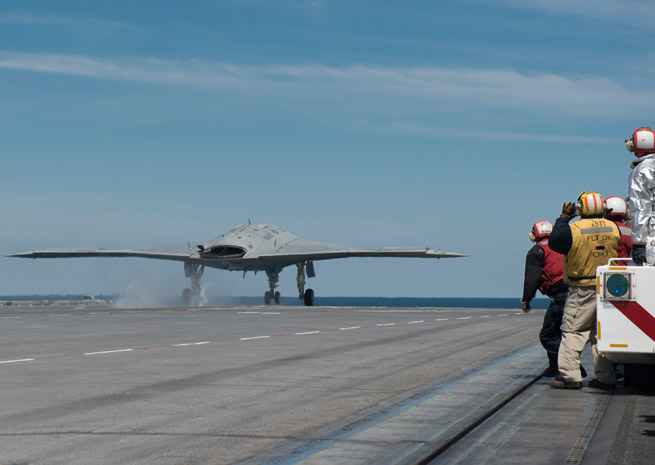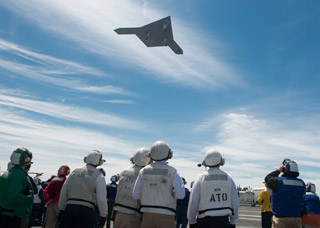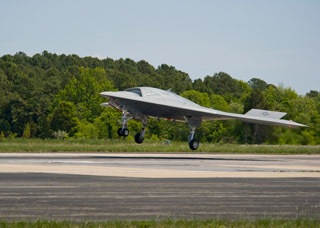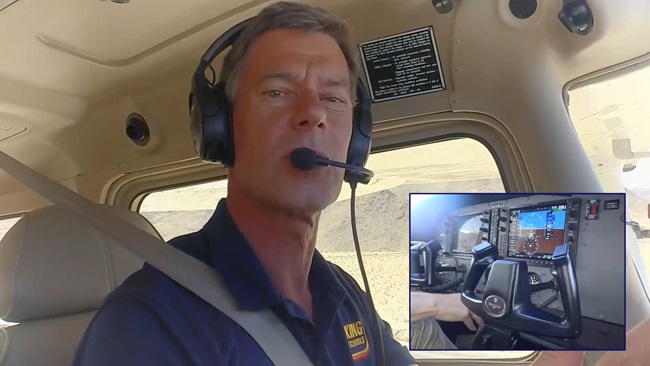
U.S. Navy personnel say you are watching the Navy of the future, and that doesn’t seem like an exaggeration. The U.S. Navy on May 14 launched an X-47B Unmanned Combat Air System demonstrator (UCAS-D) from an aircraft carrier at sea, the system's first at-sea catapult launch. The aircraft flew from the USS George H.W. Bush (CVN 77) off the coast of Virginia and landed safely at Naval Air Station Patuxent River, Md., about an hour later.

“Today we saw a small, but significant pixel in the future picture of our Navy as we begin integration of unmanned systems into arguably the most complex warfighting environment that exists today: the flight deck of a nuclear-powered aircraft carrier,” said Vice Adm. David Buss, commander, Naval Air Forces, the Navy's “Air Boss.”
The unmanned aircraft launched from the deck of the USS George H.W. Bush at 11:18 a.m. It executed several planned low approaches to the carrier and safely transited the Chesapeake Bay to land at Naval Air Station Patuxent River after a 65-minute flight.
Buss called the launch a "watershed event" in naval aviation and said he expects that decades from now, a future "Air Boss" will have a picture of the X-47B launching from the aircraft carrier behind his or her desk just as he has a picture of aviation pioneer Eugene Ely's first-ever landing on the deck of a ship in 1911 behind his desk today.

Completing another important first for the UCAS-D program, the team demonstrated the ability to precisely navigate the X-47B within the controlled airspace around an aircraft carrier at sea and seamlessly pass control of the air vehicle from a “mission operator” aboard the carrier to one located in the Mission Test Control Center at Naval Air Station Patuxent River for landing.
“The flight today demonstrated that the X-47B is capable of operation from a carrier, hand-off from one mission control station to another, flight through the national airspace, and recovery at another location without degradation in safety or precision,” said Matt Funk, lead test engineer for the Navy UCAS program.
The first landing aboard a carrier will take place in a few months.



